Tío Conejo: African Roots and Venezuelan Versions (Part IV)
Tío Conejo: African Roots and Venezuelan Versions (Part IV)
Arráiz’s Tío Conejo. Historical Context.
The 1940’s in Venezuela was a decade of promises, turbulence, and involvement. This was a decade when every literary production seemed to be somehow rooting for winds of change and at the same time warning against the shadows of the past. Antonio Arráiz published Tío Tigre y Tío Conejo in 1945, the same year Venezuelan president Gen. Isaías Medina Angarita was deposed by a civic-military coup. However, Arráiz must have been working on the tales some years before Medina’s regime was interrupted because some of the allusions in the stories can be easily associated to Medina’s administration as well as to previous regimes.
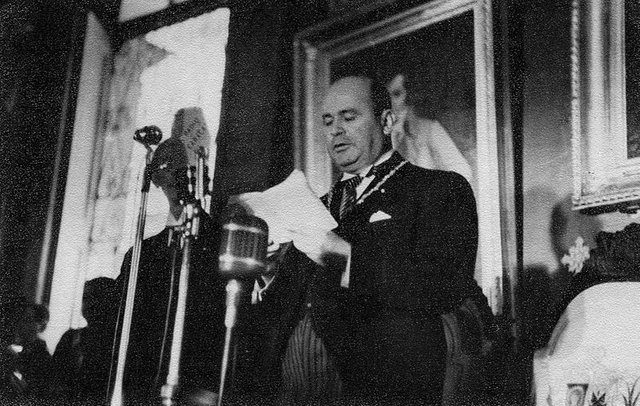 Source
Source
President Isaías Medina Angarita (1897-1953). President from 1941-45
The moment was propitious for Venezuelan intellectuals to publish given the relatively free and peaceful times (1936-1944) the country lived after experiencing its longest and bloodiest dictatorship (Juan Vicente Gomez 1909-1935). The peace was apparent, though. The internal frictions between civilians and militaries have never been settled, there were still regional caudillos, and the social disparities were remarkable. These were some of the circumstances that led to the coup of 1945. Although a civilian, Rómulo Betancourt, occupied the presidency to allow the transition until the new elections in 1948, the shadow of the military boot was still present and in 1948 another coup ousted the democratically elected president, author Rómulo Gallegos. This event allowed another dictator, Gen. Marcos Pérez Jimenez, to run the country for almost ten years.
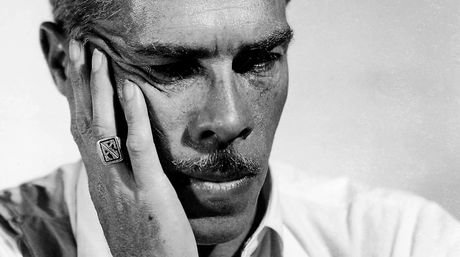 Source
Source
Antonio Arráiz around 1945
Arráiz was aware of these tensions and the consequences they could have in the near future. He somehow predicted the events that followed the publication of his Tío Conejo. More revealing yet is the fact that Arráiz, unlike Rivero Oramas, for whom Tio Conejo was always an outlaw, molded Tío Conejo in a way that epitomizes the figure of the militant social leaders. In his view, Tío Conejo’s fate, whether it was ostracism or exile, was caused not by his uncontrolled tricks, but by the internal contradictions of a society ruled by ignorance, authoritarianism, and socio-economic interests. In Arráiz, the trickster’s behavior can be redirected or assimilated into a socially useful function. That is, the trickster had to become a subversive figure.
Arráiz got his subversive models from his fellow members of the “Generación del 28,” a group of students and intellectuals who tried to depose Gen. Juan Vicente Gomez. He witnessed the exile of those who failed in the attempts and were lucky enough to avoid La Rotunda, a jail that meant death for those who were imprisoned there. Arráiz himself spent six years in La Rotunda and miraculously survived. He was freed after Gomez’s death in 1935 (Liscano in prologue of Tío Tigre and Tío Conejo 9).
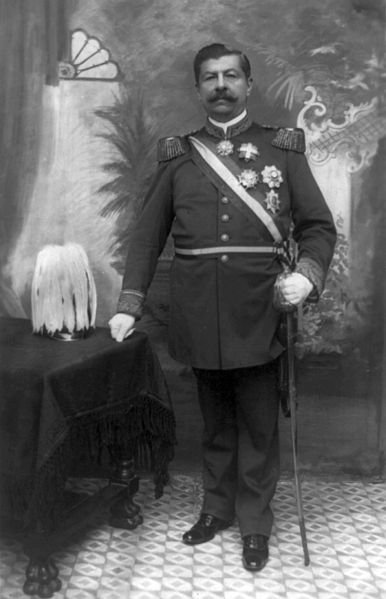 Source
Source
Gen. Juan Vicente Gómez (1857-1935). Dictator from 1908 to his death
In Tío Tigre y Tío Conejo, Arráiz’s Creole Animal Farm, there is a lot of skepticism. The critique of the social conditions in XX century Venezuela, not very distant from that of the XVIII or XIX century, ruined by the resentment of decades of civil wars and military rulers (caudillos), is revealing and hopeless. The timid attempts initiated by president Gen. Eleazar López Contreras (1936-1941), and later continued by Medina, to modernize the country and appease the social disputes and inequalities were not free of totalitarianism and socio-political exclusions.
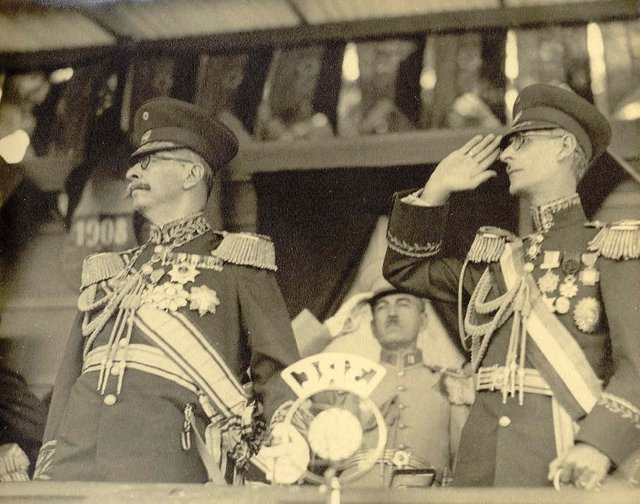 Source.
Source.
Gen. Eleazar López Contreras (right), Gómez's right-hand led the slow transition from feudal dictatorships to modern democracy.
The majority of the population lived in rural areas, isolated and deprived of education or any other benefit of the modern world. The socio-political implications of such a picture were evident: an ignorant population was easy to manipulate; an ignorant and divided country was even easier to dispute and own, just like a plantation. Anyone who dared to raise their voice to contest the regime and speak up for those whose voices had been for so long silenced became outlaws. 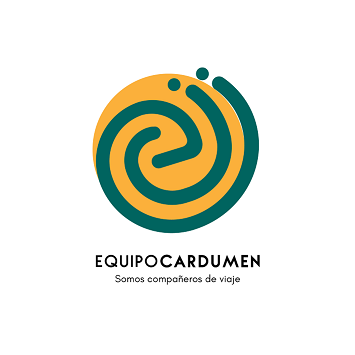
This is the scenario in which Arráiz asked Tío Conejo to perform his tricks.
Thanks for your visit.
In the next post we will see how Arráiz merged foklore and politics.



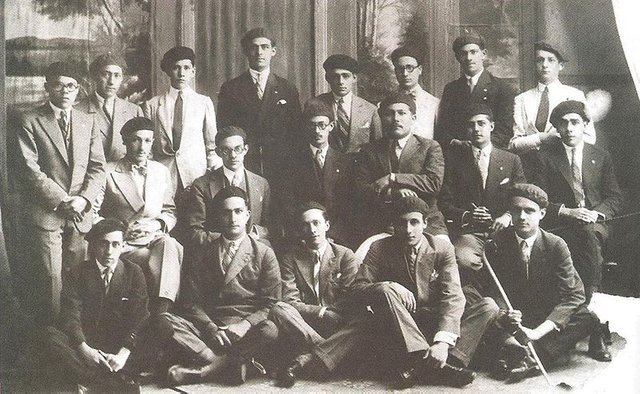
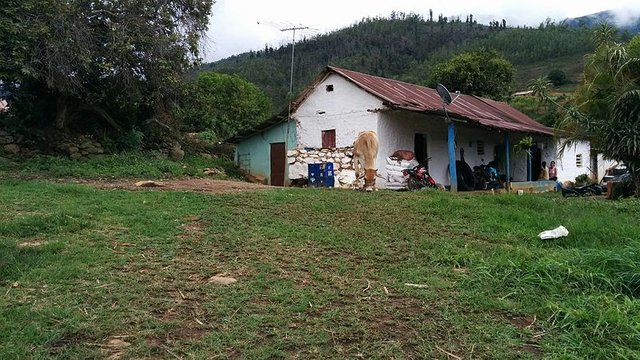
Hola hlezama,
Tu post ha sido seleccionado por el bot de @provenezuela, te hemos dado un voto en apoyo a los autores venezolanos!
Gracias por ser parte de nuestra comunidad!
Gracias por el apoyo, @provenezuela.